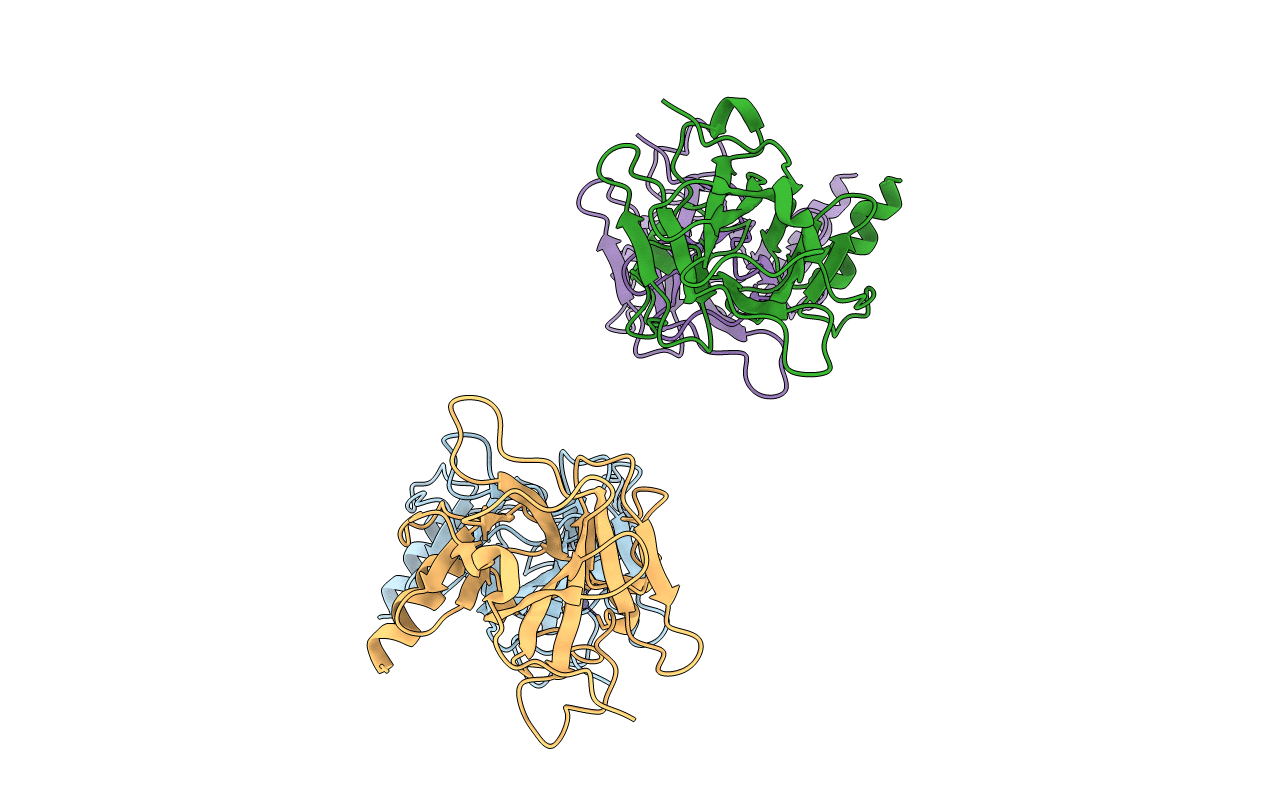
Deposition Date
2006-12-20
Release Date
2007-03-06
Last Version Date
2023-08-30
Method Details:
Experimental Method:
Resolution:
2.05 Å
R-Value Free:
0.24
R-Value Work:
0.20
Space Group:
P 1 21 1


